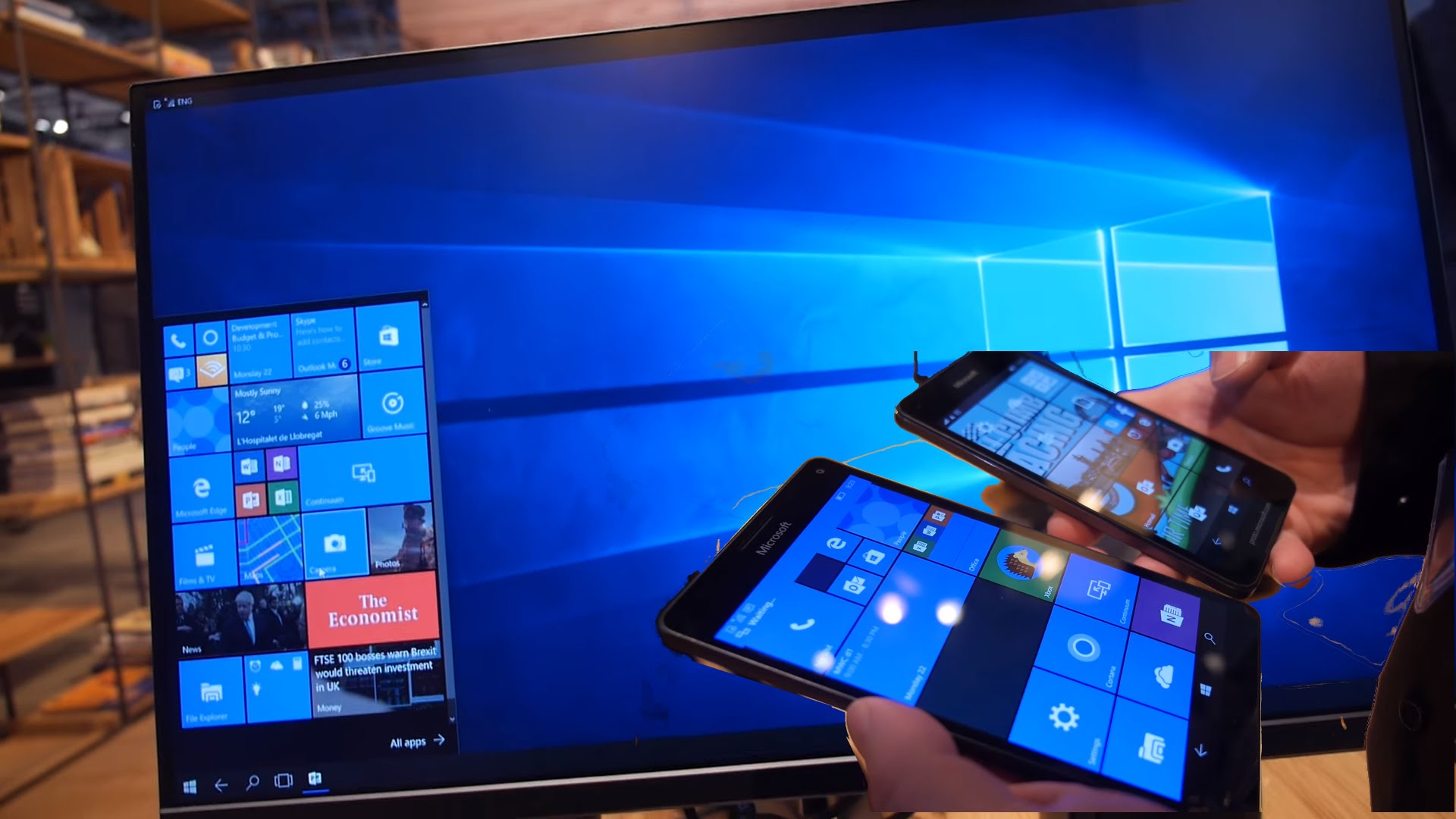Future mobile devices powered by Windows 10 could run desktop applications just like Windows 10 laptops

There are primarily two reasons why Microsoft won’t invest in making a smartphone anymore: first, the cost of marketing a Windows 10 smartphone to level competitive enough for Apple and Android, would be far more than that of R&D, especially with Windows Mobile holding on to a 1% market share by a thread.
Second, but not less important, Microsoft has much, MUCH more awesome projects in the works, than to build yet another glass slate on which to play games, answer emails, and post pictures of food.
Most recently, Twitter user, and Windows 10 watchdog(or cat) WalkingCat, has taken notice of information about a possible hybrid x86-on-ARM64 new code name “CHPE”, which, for the uninitiated, means a method of emulating the environment necessary to run Windows desktop programs, on an ARM based device, like a mobile phone.
The obvious caveat is that desktop applications are much more resource-heavy than mobile apps, which suggests that whichever ARM device Microsoft is thinking of developing, it won’t be a mobile phone, or anything that’s smaller than a tablet, or at the very least, an Apple Mac Mini-like hockey-puck sized ARM PC.
The chances that such mysterious device will actually materialize, are very high, and could result in Microsoft making a play for the ultraportable ARM category, where netbooks like Google Chromebook, reign supreme, subsidized by low-budget users for whom a tablet just won’t cut it.
Microsoft already had an ARM device, in the form of the Surface 2 ARM tablet, but the device was a huge flop, because it could only run Windows Store apps, due to it being powered by Windows RT, a “neutered” version of Windows 8, which was designed for touchscreens, in a way more similar to Android and iOS, than to a desktop version of Microsoft Windows.
It’s possible that future ARM devices will be able to run Windows 10 in such way as to allow for regular desktop applications to run, using x86 emulation.
These devices will also need hardware specs on the beefier side, which means more RAM, a more powerful graphic chipset than the average ARM device, and a strong wireless architecture that supports cellular networks as well, an invaluable feature that has yet to find its way to laptops.
Should Microsoft move forward with a project like this, whether it’d be a netbook, or an entirely different device altogether, the potential to attract consumers from the lower end of the budget demographic will be a huge deal, and a boost for consumers who won’t have to necessarily settle for a cheaper device that can only run store apps.
Ready to shop?
PortableOne has the best deals on Windows 10 Pro laptops, featuring the latest hardware-based security features, and full BitLocker encryption to protect your files from prying eyes.